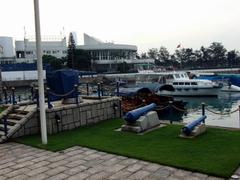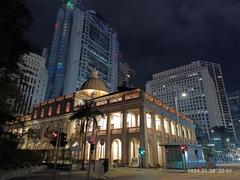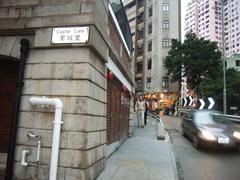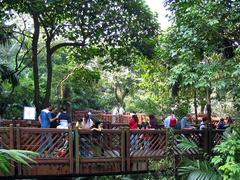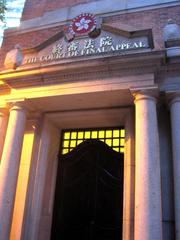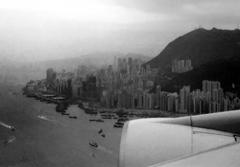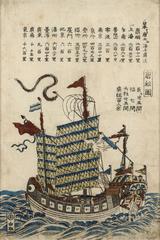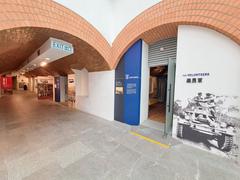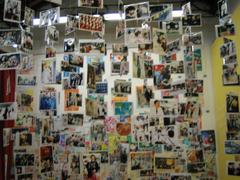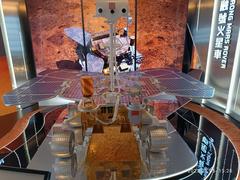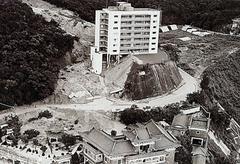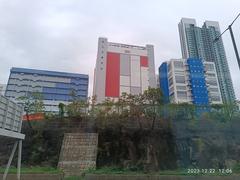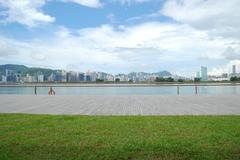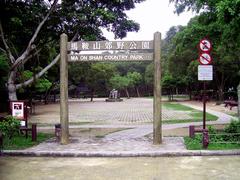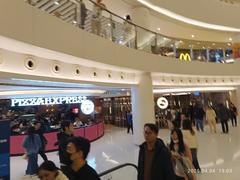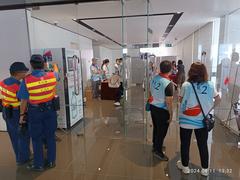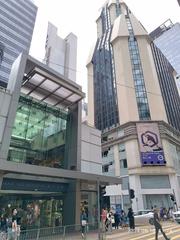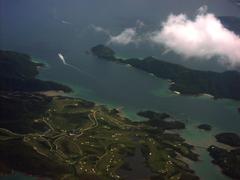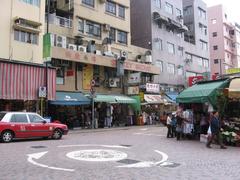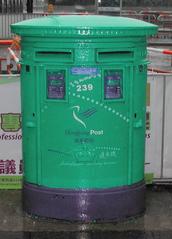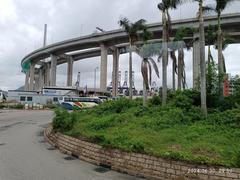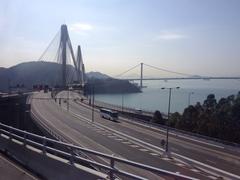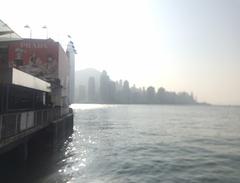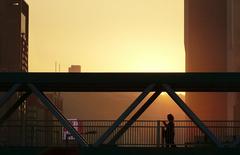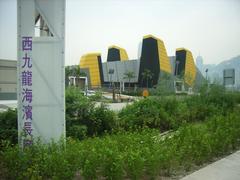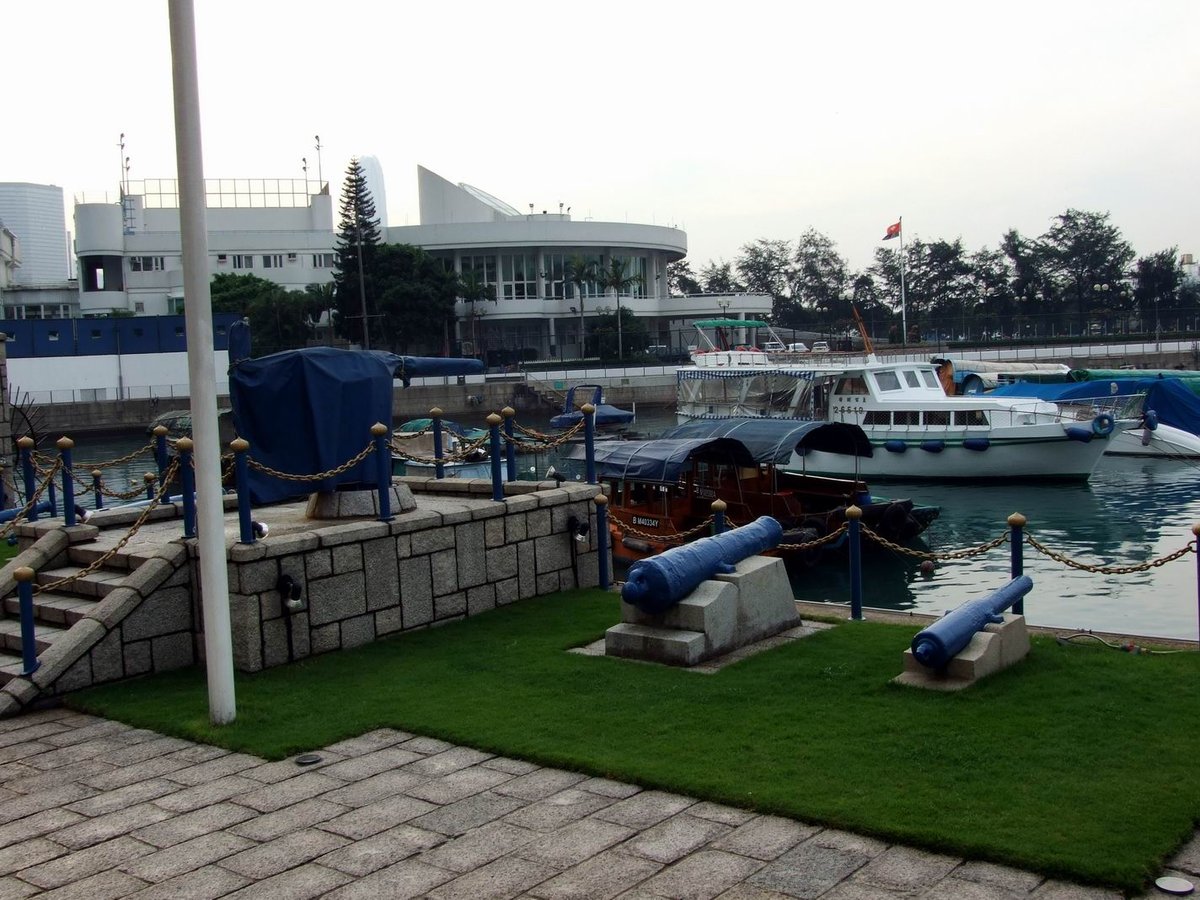
Comprehensive Guide to Visiting Victoria Park, Hong Kong
Date: 24/07/2024
Introduction
Victoria Park, nestled in the dynamic district of Causeway Bay on Hong Kong Island, is a historical and cultural gem that stands as a testament to the city’s rich heritage and vibrant community life. Established on reclaimed land that was once the Causeway Bay Typhoon Shelter, the park was officially inaugurated in 1957 and named after Queen Victoria. This transformation from a typhoon shelter to a green oasis in the heart of Hong Kong reflects the city’s remarkable urban development and resilience. Today, Victoria Park is not just a recreational space but a focal point for cultural, social, and political activities, hosting major events such as the Hong Kong Flower Show and annual Mid-Autumn Festival celebrations. The park’s extensive facilities, including tennis courts, a swimming pool, and large lawns, cater to a wide range of activities, making it a popular destination for both locals and tourists (Wikipedia). This guide will delve deeper into the park’s history, attractions, visiting hours, and travel tips to help you make the most of your visit to this iconic Hong Kong landmark.
Table of Contents
- Introduction
- Origins and Development
- Establishment of Victoria Park
- Infrastructure and Connectivity
- Modern Developments and Renovations
- Cultural and Social Significance
- Annual Events and Attractions
- Visiting Hours and Ticket Information
- Travel Tips and Accessibility
- Nearby Attractions
- Frequently Asked Questions (FAQ)
- Conclusion
Origins and Development
Victoria Park Road has a rich history intertwined with the development of Victoria Park and the surrounding urban landscape. The area where Victoria Park now stands was originally a typhoon shelter known as the Causeway Bay Typhoon Shelter. This shelter provided refuge for small fishing boats and yachts during typhoon seasons. In the 1950s, the Hong Kong government decided to reclaim this land to create a public park, pushing the shoreline north and constructing a new typhoon shelter further away from the park (Wikipedia).
Establishment of Victoria Park
Victoria Park was officially opened in October 1957, transforming the reclaimed land into a green oasis in the heart of the city. The park was named after Queen Victoria, and a statue of her, which had been cast in Pimlico, London, towards the end of the 19th century, was moved to the park. This statue had a tumultuous history, having been taken to Japan during the Japanese occupation of Hong Kong to be melted down. However, it was retrieved and restored after World War II before being placed in Victoria Park (Wikipedia).
Infrastructure and Connectivity
Victoria Park Road itself was paved in 1972 as part of the construction of the Cross-Harbour Tunnel, which significantly improved connectivity between Hong Kong Island and Kowloon. The road runs along the northern boundary of Victoria Park, connecting it to major thoroughfares such as Gloucester Road and the Island Eastern Corridor. This infrastructure development was crucial in integrating the park into the urban fabric of Hong Kong, making it easily accessible to both locals and tourists (Wikipedia).
Modern Developments and Renovations
From 2000 to 2002, Victoria Park underwent a major renovation, which included the construction of new sporting facilities. This revamp increased the park’s popularity, especially among the city’s Indonesian domestic workers, who often gather there on Sundays. The park’s facilities now include tennis courts, a swimming pool, children’s play areas, and large lawns and shaded areas, making it a versatile space for recreation and relaxation (Wikipedia).
In 2013, a modern indoor swimming complex was built on the site of the old outdoor pools. However, the park faced controversy in 2014 when construction work for the Central–Wan Chai Bypass project began at its northern end. This project involved the construction of a slip road that cut through a portion of the park, sparking public outcry as local councillors and residents claimed they were not informed about the road’s impact on the park. During the construction in March 2015, unexploded ordnance dating from World War II was unearthed, necessitating the intervention of the Explosive Ordnance Disposal Bureau of the Hong Kong Police Force (Wikipedia).
Cultural and Social Significance
Victoria Park has become a central hub for various cultural and social activities in Hong Kong. It hosts several major events throughout the year, including the annual Hong Kong Flower Show and the Mid-Autumn Festival celebrations. The park is also a popular meeting point for Hong Kong’s domestic workers on their day off, particularly on Sundays. These gatherings have become a significant aspect of the park’s social landscape, reflecting the diverse community that makes up Hong Kong (Introducing Hong Kong).
Annual Events and Attractions
One of the most notable events held at Victoria Park is the Hong Kong Chinese New Year Flower Market, which is the largest of its kind in the city. This market, which runs from February 4th to 10th in 2024, features 387 stalls selling a variety of flowers, souvenirs, and traditional local food. The market is a vibrant and bustling event that attracts both locals and tourists, offering a unique glimpse into Hong Kong’s festive traditions (Next Stop Hong Kong).
The park also hosts the Hong Kong Flower Show, an annual event organized by the Leisure and Cultural Services Department. The 2024 show, themed ‘Joyful Birds in the City,’ features a stunning display of flowers, including a large sunflower sea and a rose garden with over 4,000 roses. This event is a highlight of the spring season in Hong Kong, drawing visitors to admire the beautiful floral arrangements and enjoy the park’s scenic beauty (Trip.com).
Visiting Hours and Ticket Information
Victoria Park is open 24 hours daily, making it a convenient destination for both early birds and night owls. Most of the park’s facilities, such as the tennis courts and swimming pool, have specific opening hours which can be checked on the official website. Entry to the park is free, but some events and facilities may require tickets or booking in advance.
Travel Tips and Accessibility
Victoria Park is easily accessible by public transport, with the Tin Hau and Causeway Bay MTR stations located nearby. Several bus lines also run along Causeway Road, which borders the park. For visitors planning to explore the park, it is advisable to wear comfortable attire and shoes, especially if attending events like the Hong Kong Flower Show, which can involve a lot of walking. Additionally, visitors should be mindful of their belongings, as the park can get crowded during major events (Introducing Hong Kong).
Nearby Attractions
While visiting Victoria Park, consider exploring nearby attractions such as the Tin Hau Temple, a historic temple dedicated to the goddess of the sea, and the bustling shopping district of Causeway Bay. These sites provide additional cultural and recreational opportunities, making the area around Victoria Park a rich and varied destination for tourists (Wikipedia).
Frequently Asked Questions (FAQ)
Q: What are the opening hours of Victoria Park? A: Victoria Park is open 24 hours daily, but specific facilities within the park have their own operating hours.
Q: Are there guided tours available at Victoria Park? A: While there are no regular guided tours, special events and festivals often offer guided experiences. Check the official website for more information.
Q: Do I need to buy tickets to enter Victoria Park? A: Entry to Victoria Park is free, but some events and facilities may require tickets or advance booking.
Conclusion
Victoria Park stands as a beacon of Hong Kong’s historical and cultural legacy, seamlessly blending its colonial past with contemporary urban life. From its origins as a typhoon shelter to its current status as a bustling public park, Victoria Park has continually evolved, mirroring the city’s development. The park is not only a sanctuary for relaxation and recreation but also a vibrant hub of cultural and social activities, hosting significant events that draw both locals and tourists. Its accessibility and extensive facilities, coupled with the nearby attractions such as Tin Hau Temple and the bustling shopping district of Causeway Bay, make it a must-visit destination in Hong Kong. Whether you are looking to participate in cultural festivals, engage in sports, or simply enjoy a peaceful stroll amidst greenery, Victoria Park offers a unique experience that captures the essence of Hong Kong (Introducing Hong Kong). For more travel tips and updates on Hong Kong’s attractions, be sure to check out related posts and follow us on social media.
References
- Wikipedia. (n.d.). Victoria Park (Hong Kong). Retrieved July 24, 2024, from Wikipedia
- Introducing Hong Kong. (n.d.). Victoria Park. Retrieved July 24, 2024, from Introducing Hong Kong
- Next Stop Hong Kong. (n.d.). Hong Kong Chinese New Year Flower Markets. Retrieved July 24, 2024, from Next Stop Hong Kong
- Trip.com. (n.d.). Victoria Park. Retrieved July 24, 2024, from Trip.com
- Spatial History. (2024, February). Victoria Park: A Caricature of Hong Kong’s Difficult History and Conflicting Values. Retrieved July 24, 2024, from Spatial History
- Things to Do in HK. (n.d.). Victoria Park. Retrieved July 24, 2024, from Things to Do in HK
- Lonely Planet. (n.d.). Victoria Park. Retrieved July 24, 2024, from Lonely Planet
- Discover Hong Kong. (n.d.). Victoria Park. Retrieved July 24, 2024, from Discover Hong Kong
- Weekend HK. (n.d.). Victoria Park HK: Recreation & Attractions. Retrieved July 24, 2024, from Weekend HK
- Hong Kong Traveller. (n.d.). July 2024 Hong Kong Festivals and Events. Retrieved July 24, 2024, from Hong Kong Traveller
